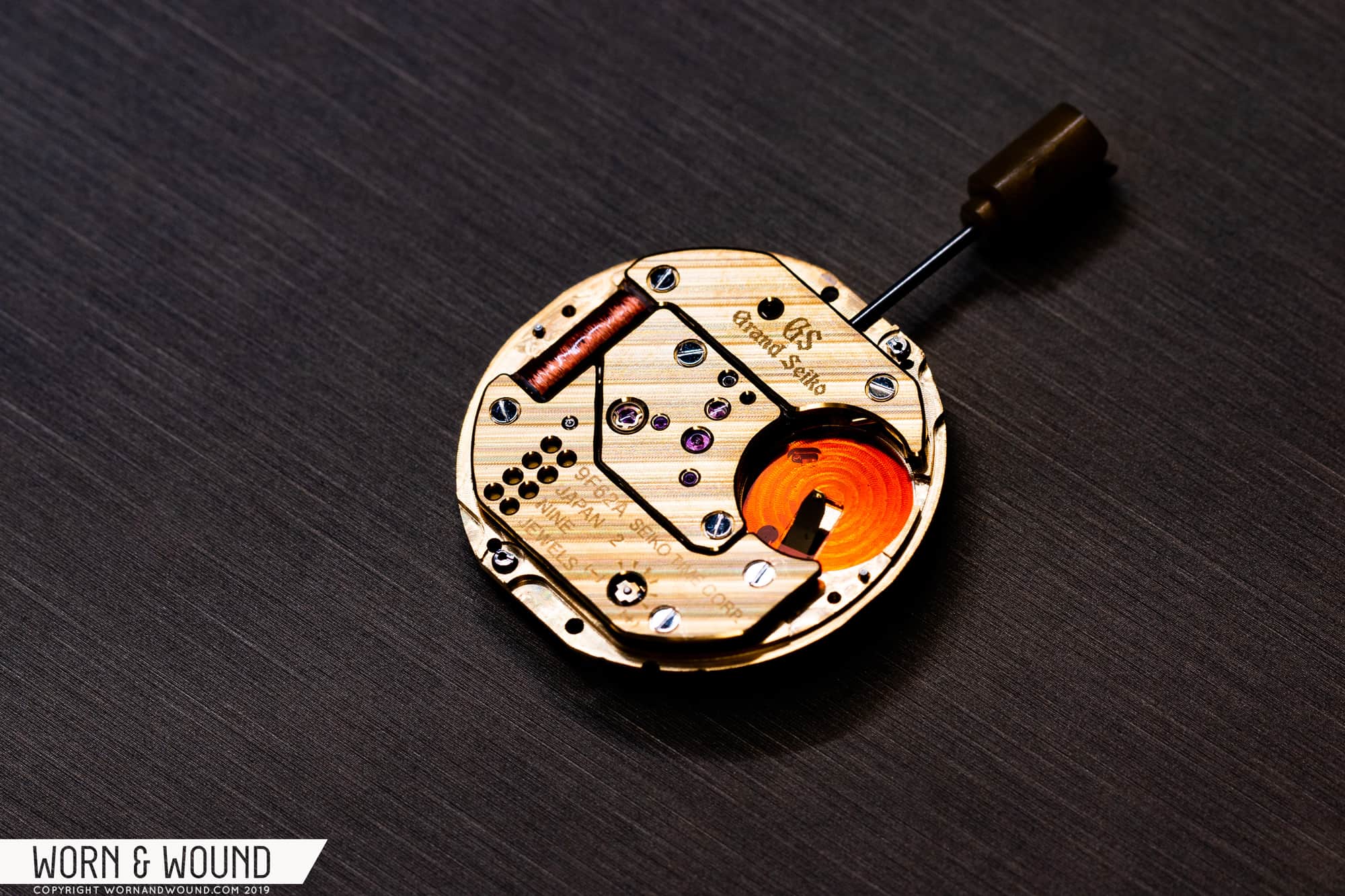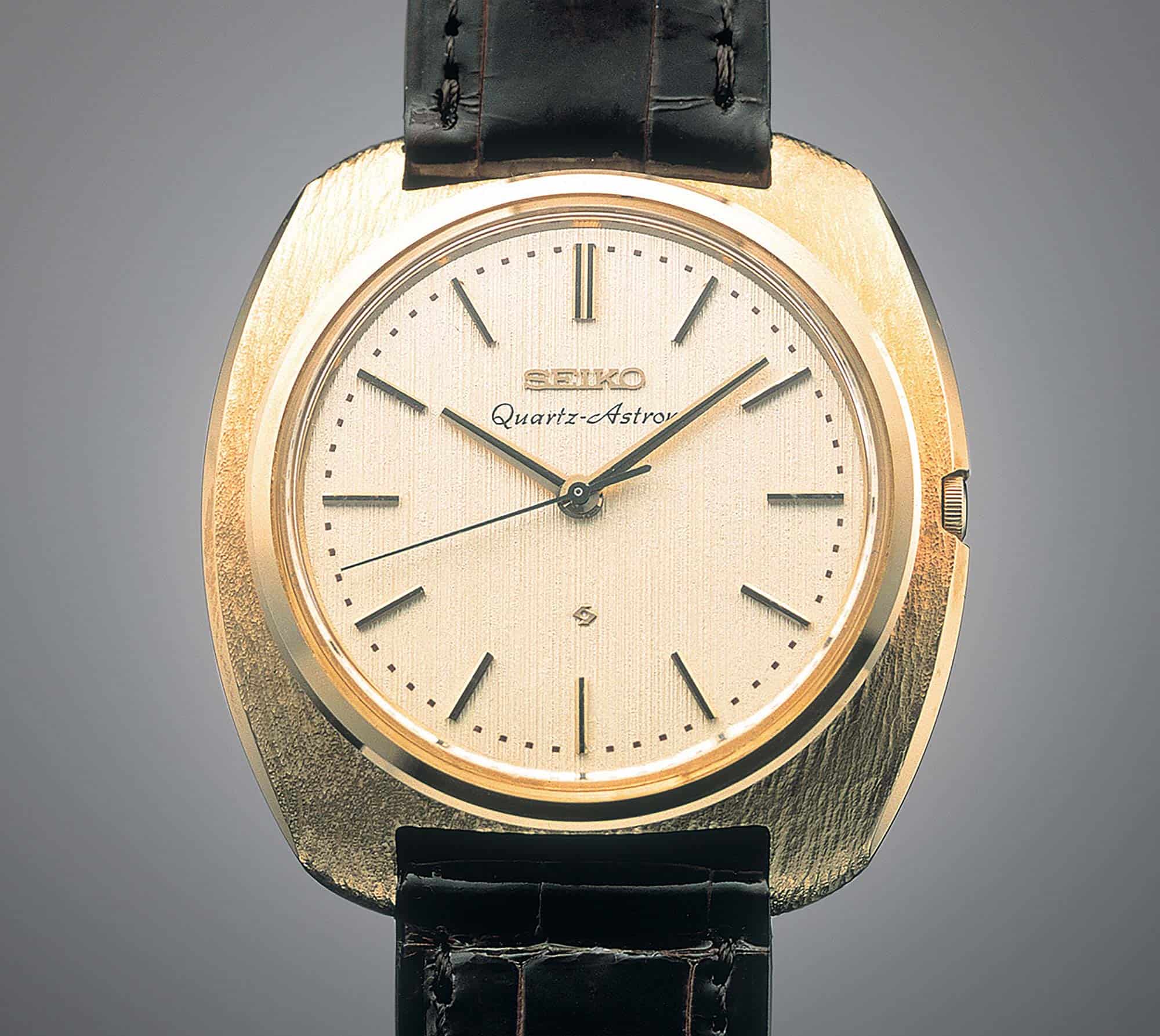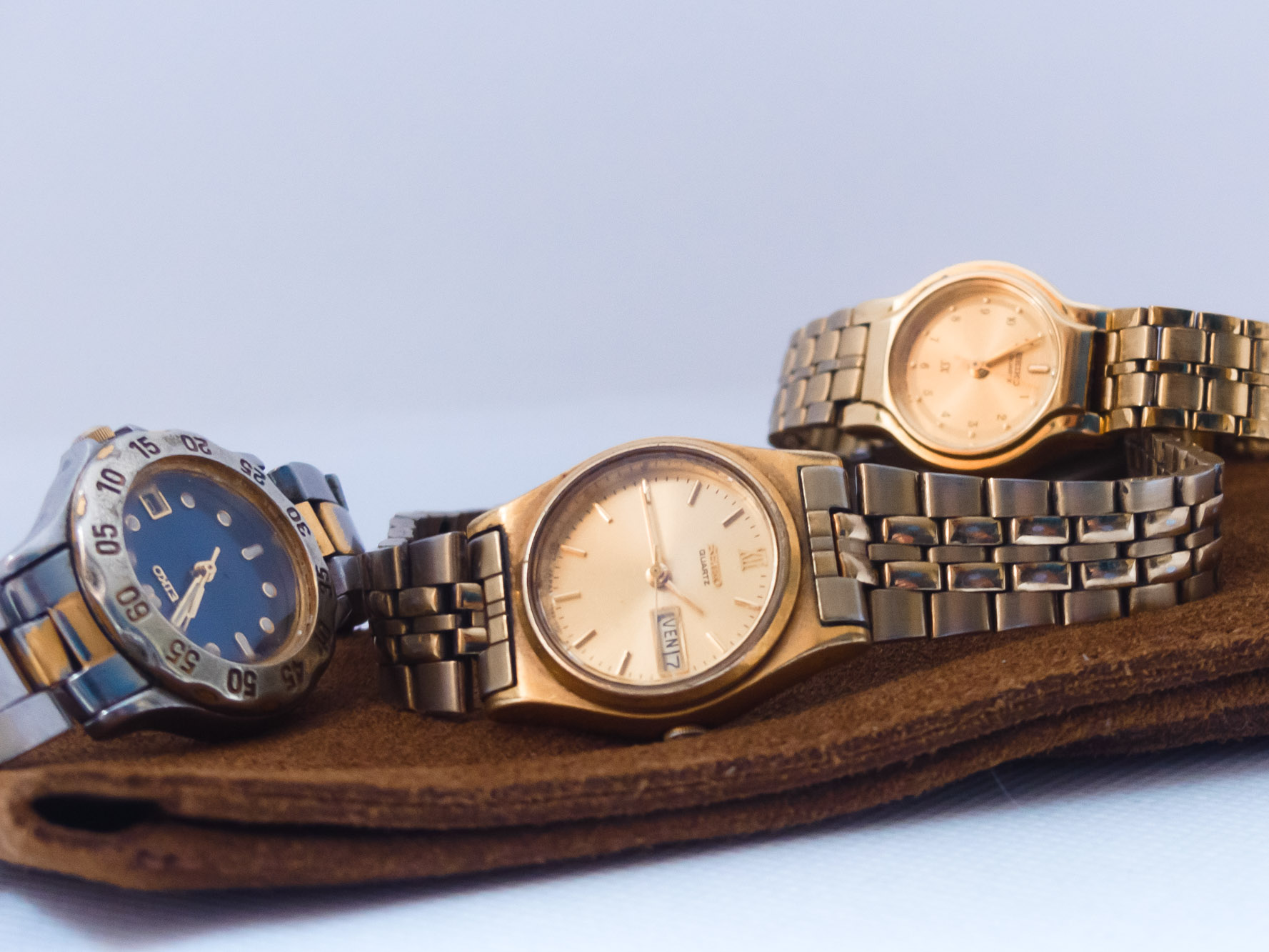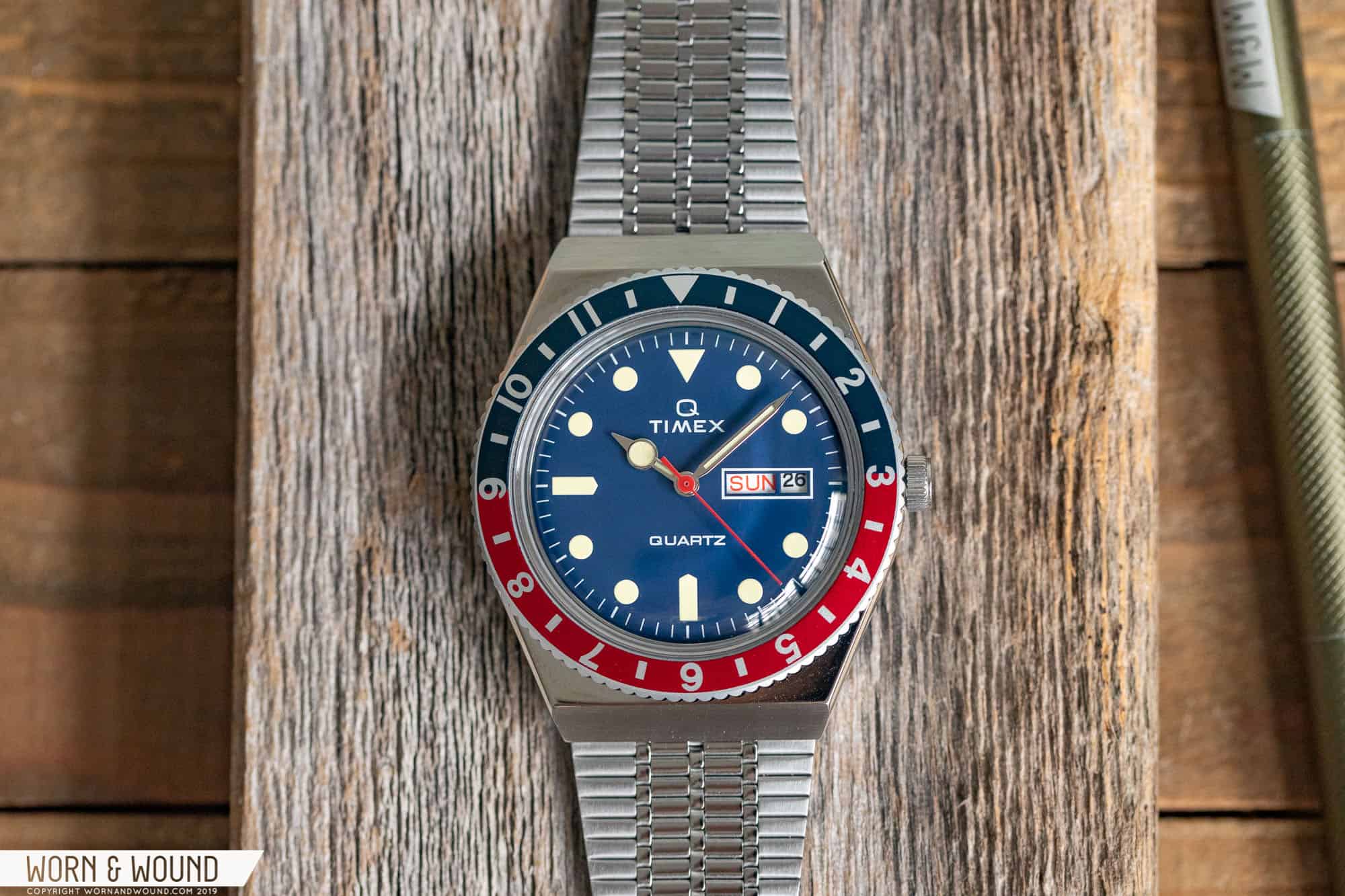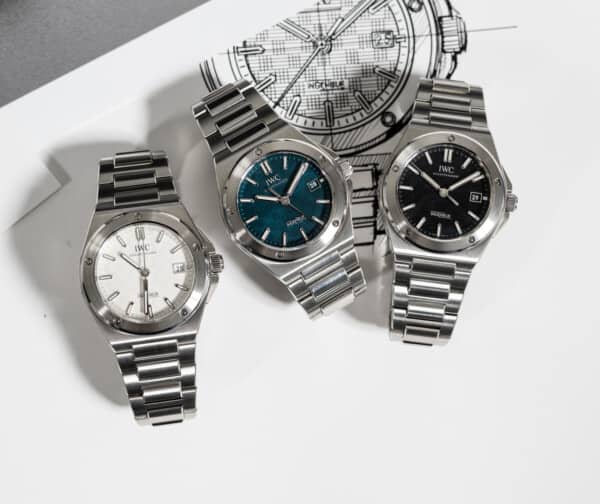Even though I expected it, god damn did it excite me. I’d revived many quartz watches before, but something felt different about these Seikos sitting dormant in a drawer for thousands of days, only to come roaring back to life with extreme accuracy from the simple act of swapping a battery. It was the romantic, ‘ah ha’ moment I’d been missing and made me want to immediately atone for my quartz sins and go out and buy the nearest Casio, 9F Grand Seiko, or whatever else I’d been missing out on.
As someone constantly valorizing mechanical watches, it’s only fair to acknowledge some of their limitations. I love gifting homemade watches, and at this point I’ve got a speech memorized for recipients. It includes all the standard tips for how to care for their delicate new timepiece: don’t drop it, don’t change the date between 9:00 and 3:00, stay away from magnets, and activities that might not be suitable to do in their new watch such as golfing and chopping wood, customized depending on the wearer. I try to end the speech with “have fun, beat it up, and just let me know if it breaks”, but have been met with wide eyes as if I just gave a burden instead of a gift. In stark contrast, my daughter’s quartz Timex has snuck into the washing machine twice and is doing just fine.
Enthusiasts, and I’m guilty of this myself, have a tendency to assume mechanical movements are also superior or more exclusive than quartz because they command a higher price. But while price tags on our favorite watches may be steep, the core technology is anything but. When I’m building a mechanical watch for a gift, the movement is often one of the cheaper components. I’ve gifted watches where I spent more money on a strap than an NH35. Sure, an NH35 might cost more than a run-of-the-mill quartz movement, but only by a matter of dollars.
![]()
A fascination with mechanical movements will probably always remain at the core of my love for watches. And that’s OK. We are all here because something excited us about watches, and because embracing that something brings us joy. But in my un-learning process as I challenge what I thought I knew, I’m looking forward to finding excitement in avenues I haven’t previously explored. With the world of quartz now open to me, I’m looking forward to owning my first chronograph, a genre I’ve previously avoided out of wariness for the cost of ownership of mechanical chronographs. Stay tuned for the next installment of Selling Points that Don’t Sell Me, as I continue the un-learning process, kick snobby habits I didn’t know I had, and experience awesome watches along the way.
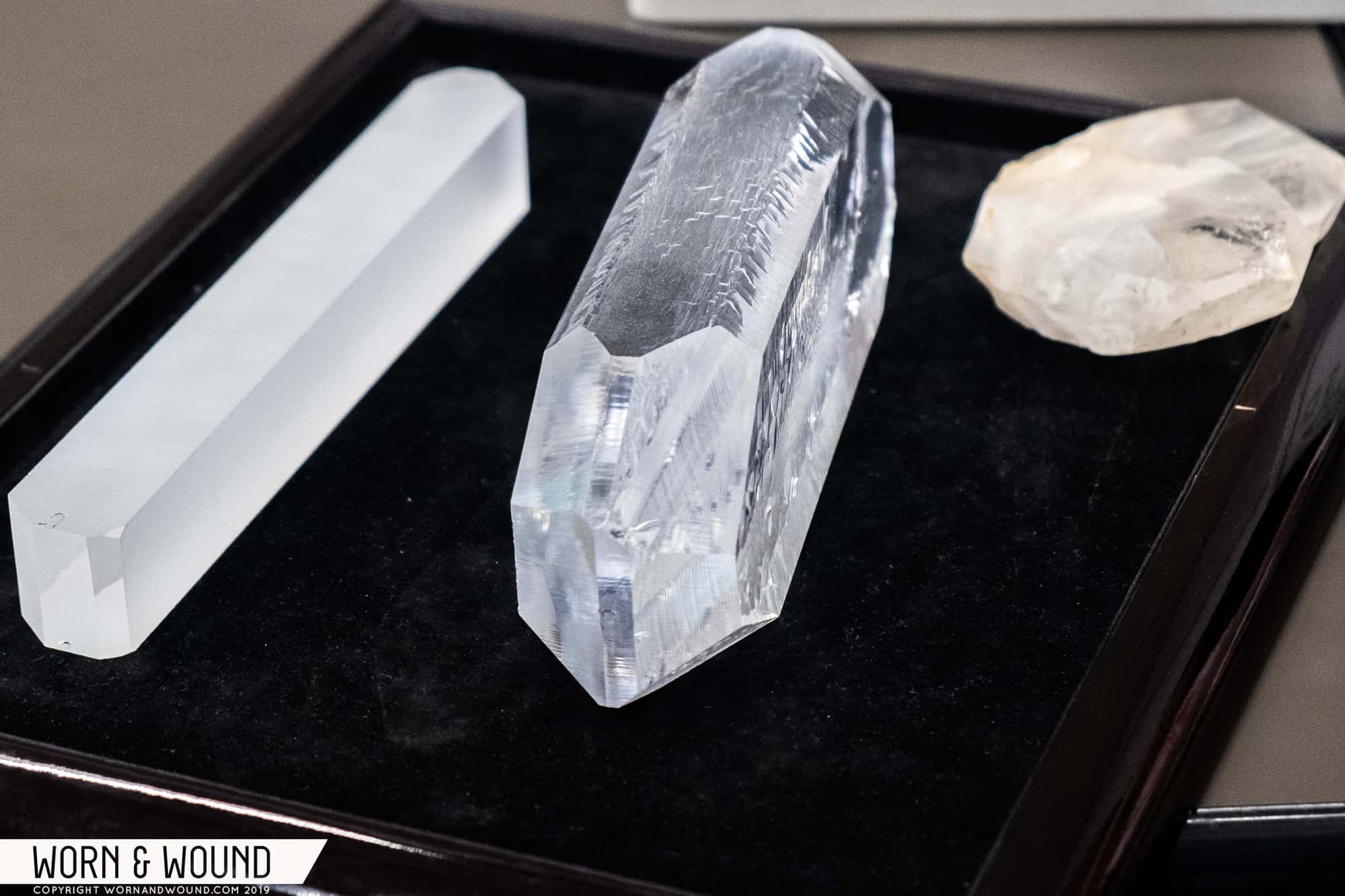
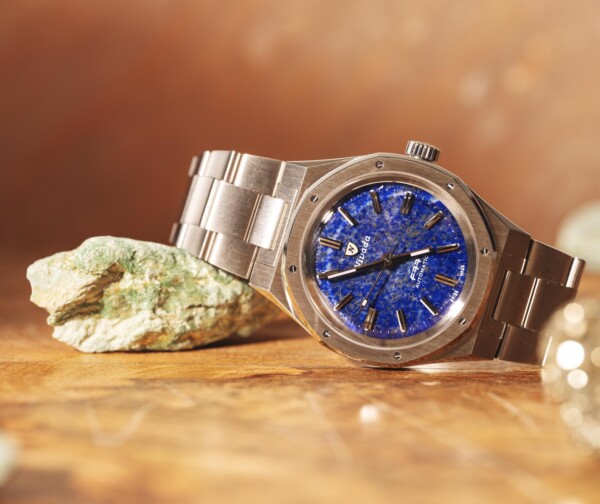








 Featured Videos
Featured Videos




